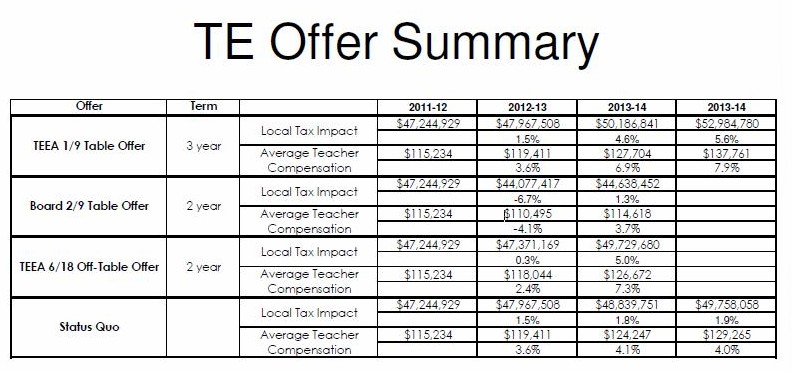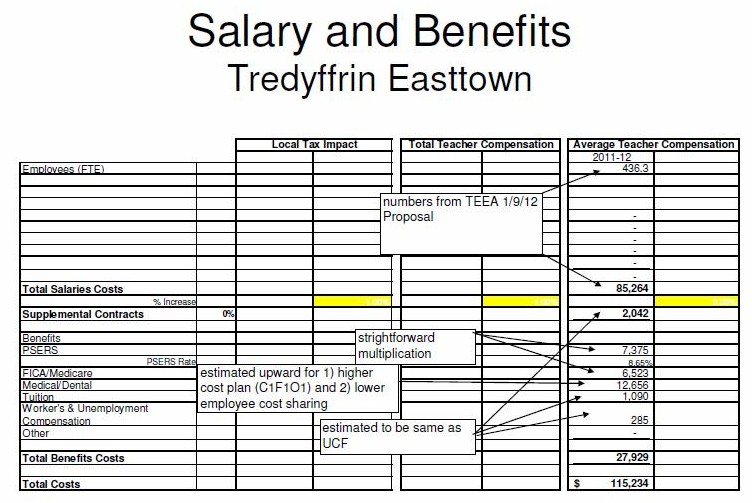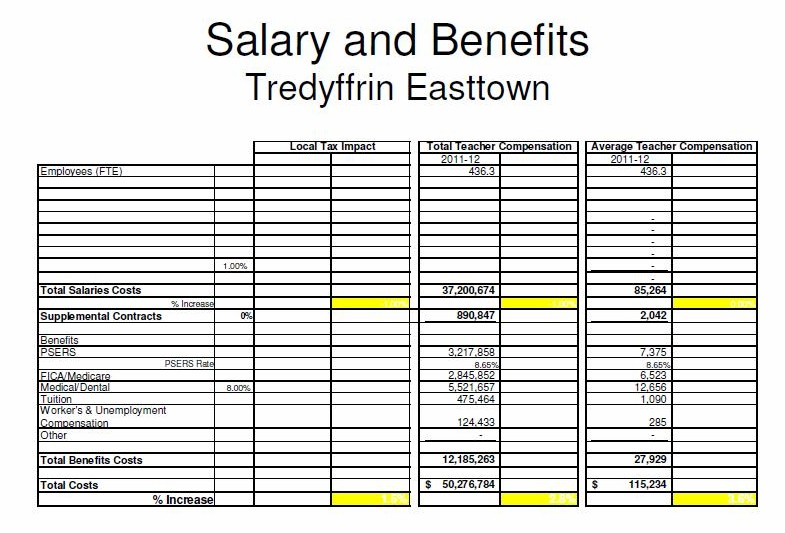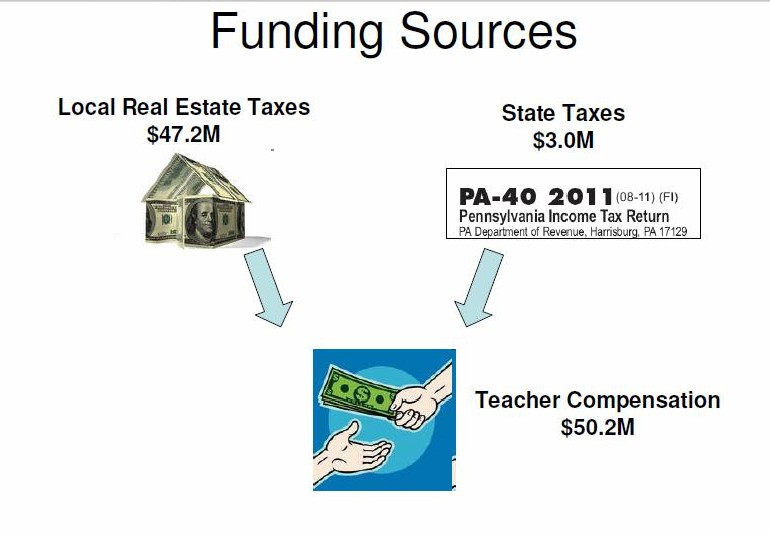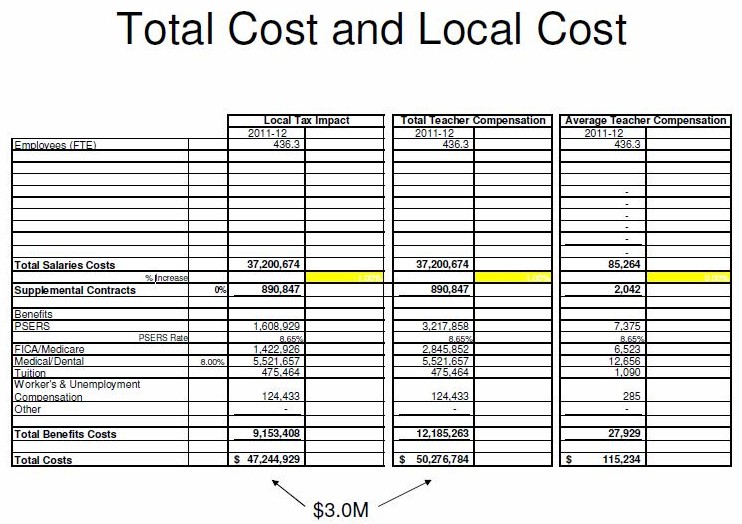What do you get when you mix a Republican T/E School Board member with a recently elected Tredyffrin Township Republican committee person? The answer, as I discovered on Saturday, is a new township cable show, ‘Constitutional Conversations’ co-hosted by T/E School Board member Dr. Rich Brake and M-4 Tredyffrin Township Republican Committee man Dennis Gallagher.
Flipping TV channels, I was surprised to see Rich Brake on a township cable show. I caught the last 5 minutes of Constitutional Conversations and heard Gallagher mention that this was “In Order for Form a More Perfect Union”, Part 1 of a 5-part series on the Constitution, co-hosted by Brake and Gallagher
I discovered that this new cable show, which made its debut on Thursday, June 28, has an associated blog called Constitutional Conversations, www.constitutional-conversations.com where you can watch the show’s segments. The site also offers some background on the co-hosts and the background of their show. According to their blog,
“ … Constitutional Conversations was conceived at the grassroots level in Tredyffrin Township in Chester County, PA. In the latter part of 2011 Dr. Richard Brake, a resident of Tredyffrin and co-host of Constitutional Conversations, gave a lecture on the Constitution which was attended by some Tredyffrin community leaders. After the lecture the township leaders approached Dr. Brake requesting him to produce a series on the Constitution for the township’s public access television station. They felt that such a series would be an excellent educational opportunity for the township residents and also a wise use of the township’s public access television facilities.
Subsequently Dr. Brake collaborated with Dennis Gallagher, also a resident of Tredyffrin, to produce a five part series on the Constitution entitled Constitutional Conversations. The purpose of this series is to tell the story behind how America’s Constitution came into being, the debates amongst America’s founding fathers as to its design, and the various debates throughout America’s history that continue up to today as to how America’s Constitution should be interpreted in our modern society.”
Most of us know Rich Brake as a member of the T/E School Board. In addition to his elected position, Brake serves as the National Director of Education at the Intercollegiate Studies Institute in Wilmington, DE. According to their website, “ISI seeks to enhance the rising generation’s knowledge of our nation’s founding principles — limited government, individual liberty, personal responsibility, the rule of law, market economy, and moral norms.” Brake is listed online as a member of two local Tea Party groups, Chester County Patriots and Valley Forge Patriots. Brake and I have been playing ‘email tag’ over the last month, trying to schedule a meeting to discuss a Constitution class he was giving for local TTGOP committee people and his involvement in the Tea Party movement (The June Constitution class was ultimately cancelled).
I was not familiar with Dennis Gallagher except that the show bio indicates is the TTRC Committeeman for M-4, which includes part of Chesterbrook. In the last election, Gallagher ousted Jim Bailey (a friend of mine) by a very small margin, to serve as Republican M-4 Committeeman. The cable show identified Gallagher as a ‘Constitution Scholar’ and a bit of research indicated that he is the founder and editor of Political Policy, www.politicalpolicy.net, a blog whose “ … mission is to advance traditional conservatism and preserve America’s First Principles.”
It appears that Gallagher and Brake may have been blood brothers in a former life … apparently sharing similar views on traditional conservatism, limited government and Founding Father principles, they have come together for ‘Constitutional Conversations’ to discuss and educate the public on the Constitution. Looking ahead to upcoming topics to be discussed on the cable show, they have scheduled Part 5: Health Care and the Constitution for August 20.
In last week’s landmark ruling, the Supreme Court announced that in a 5-4 decision (with Justice Kennedy dissenting and Chief Justice Roberts writing the decision) that Obamacare, for the most part is constitutional. It could be interesting to hear the discussion of the health care decision by the Supreme Court discussed by Brake and Gallagher in the final segment of Constitutional Conversations.
————————————————————————————————————————————–
Update: For the first time since I began Community Matters nearly 3 years ago, I substantially edited an article after it was posted. Originally when I posted this article on ‘Constitutional Conversations’, I included comments from local attorney John Petersen. Within a span of less than 24 hours, I received some negative comments and emails about my post and Petersen’s remarks. As a result, I made the decision to edit the post and remove his comments.
I need to be clear … Mr. Petersen did not volunteer to give his remarks on this post, I asked for his comments on Constitutional Conversations and then posted those comments. However today, I made the decision to remove his remarks along with the associated comments. Regrettably, I did not notify Mr. Petersen until after I removed his remarks. As a result of my actions and decision to remove his comments and associated comments, Mr. Petersen wants to set the record straight on this matter and I am honoring that request. Below are Mr. Petersen’s new updated remarks on this blog post.
I’d like to respond to the comments re: the objections over my solicited comments re: Messer’s Brake and Gallagher and their foray into the world constitutional analysis. Accordingly, I’m happy to provide the substance of my point here.
Context is everything. So… when folks look at the “Constitutional Conversations”, they should to look at that in the context of these items:
Rich Brake:
http://www.youtube.com/watch?v=nSkd63MnntA
http://www.youtube.com/watch?v=tPbFY8PJ8cs
http://www.youtube.com/watch?v=dn5RTnqyPAI
http://www.youtube.com/watch?v=MGkCa9wREIs
Dennis Gallagher:
http://www.politicalpolicy.net/
https://twitter.com/#!/grandestparty
If you are going to be considered a “Scholar” – then the body of your work, your statements, etc needs to be looked at in its entirely. You cannot simply cherry pick the things you want.
So…if we are going to evaluate, then let’s evaluate the whole cloth. If you view the cable show on its own, in a vacuum, then you lack the necessary context of what these guys are about. They are quite clever – starting with the seemingly innocuous historical facts. But look how it ends – with health care? It’s not like they leave these extreme political positions at the door. They have a right to say what they want. Folks have a right to be fully informed about what these guys stand for and that their real agenda is advancing their own political view points. It’s kind of ironic when much of what they say is about how the “Left” has captured the media, academia, etc. It’s actually more hypocritical than ironic. That was MY point – that these guys are not really acting in the role of “Constitutional Scholar”. Rather, they are acting as covert politicos that are using the constitutional topic as a pre-text. One may say “Gee John, that’s just YOUR opinion.” To that, I’d say “Yes, it’s my opinion, but it is an informed opinion.” I’d also say to those same people “You are entitled to your own opinion, not your own facts.” My only exception to this are places like school board meetings where recently, Brake has decided to use that platform as part of his “Constitutional Scholar” outlet. I think that is way out-of-bounds.
With that, let’s confront the question of whether these two guys are “Constitutional Scholars.” This matter needs to be settled before it is determined whether getting into the sum and substance of these shows is warranted. If one can argue that these two are not constitutional scholars in spite of the fact that they call themselves that, we can settle the matter right there. That would seem to me to be a reasonable approach.
As to whether they are “Constitutional Scholars” – I’d have to ask them for their credentials. I get the fact that Brake has a PhD – in American Politics. I get that he knows a lot of historical facts. But what I also get is that much of what he says is laced with a very specific political agenda. For backup on that assertion, I cite the YouTube links listed above.
As for Gallagher, sorry to have to be the voice of reason here, but part way through an online school for an MA in History with a concentration in American History simply does not rate one the title of “Constitutional Scholar.” That, coupled with his tweets, blog posts, etc – give evidence to what is also a very definite political viewpoint that are clearly, deep rooted beliefs.
Note, I’m not judging Gallagher’s and Brake’s political view points. I’m indifferent as their viewpoints don’t affect me one bit. I don’t agree with them, but that is not the point. They have every right to express their view points. That said, one of them is an elected official and one of them is an elected committeeman. They have direct involvement in the political process which makes them public/semi-public personalities. When you place your views in the market place of ideas, you invite scrutiny. Whether you are able to withstand/tolerate that scrutiny is another matter.
To be a constitutional scholar, you need to be a lawyer, a law professor and somebody who spends the bulk of their professional life in that arena. Likely, you were a SCOTUS clerk or at the very least, a clerk at the Court of Appeals. You likely have written a horn book and have NUMEROUS law review articles. You do that, you are a constitutional scholar. People like Erwin Chemerinsky, Jonathan Turley, Lawrence Lessig, Laurance Tribe, Cass Sunstein, Akhil Amar, etc. These folks are the real deal. I’m a lawyer and have studied constitutional law – and I don’t consider myself even close to being a constitutional scholar. And based on the aforementioned criteria, neither is Brake nor Gallagher. In my opinion, it says a lot about a person who is willing to have a label applied to them that they have not earned. They are certainly not shy about expressing their opinion on their forum. They should “Scholarly” enough to withstand some criticism. Certainly, Dr. Brake had to do that when he had to defend his dissertation. Shying away from the criticism and not realizing it’s a two-way street says a lot about a person. It’s one thing to lecture and get into 1-way conversations. I think Dr. Brake would cite that is a problem with the “Liberal Academic Establishment.”
And with that, since they are not Constitutional Scholars, I really don’t need to get into the sum and substance of what they are talking about. But if called upon to do so, I’m more than happy to engage.
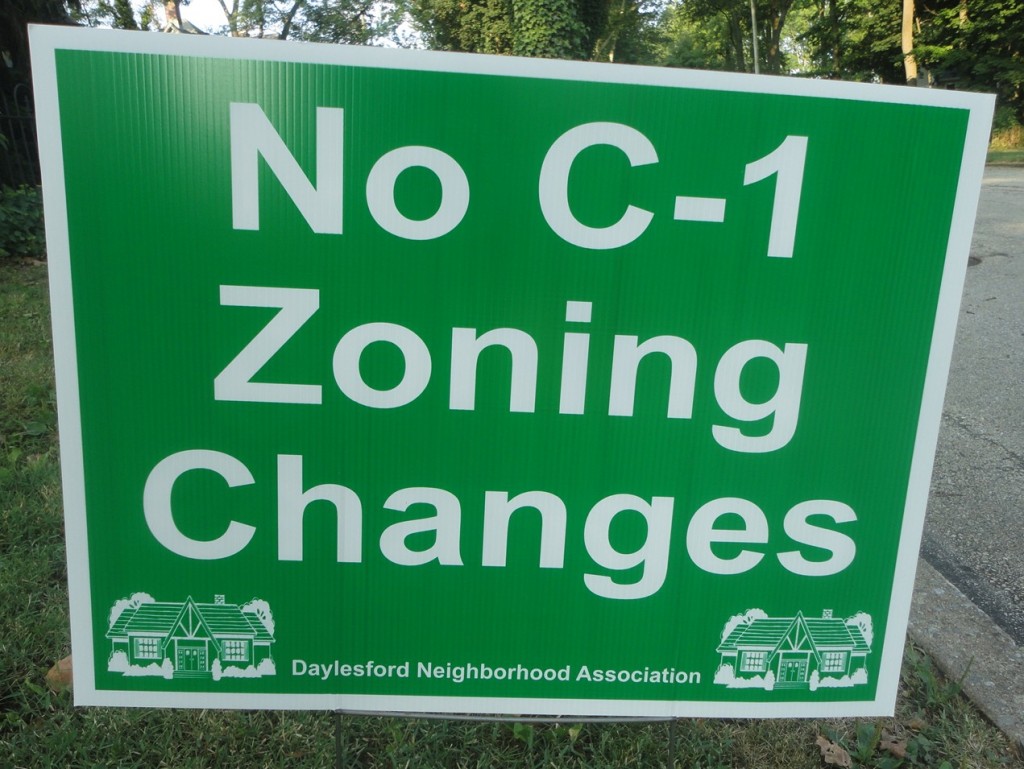

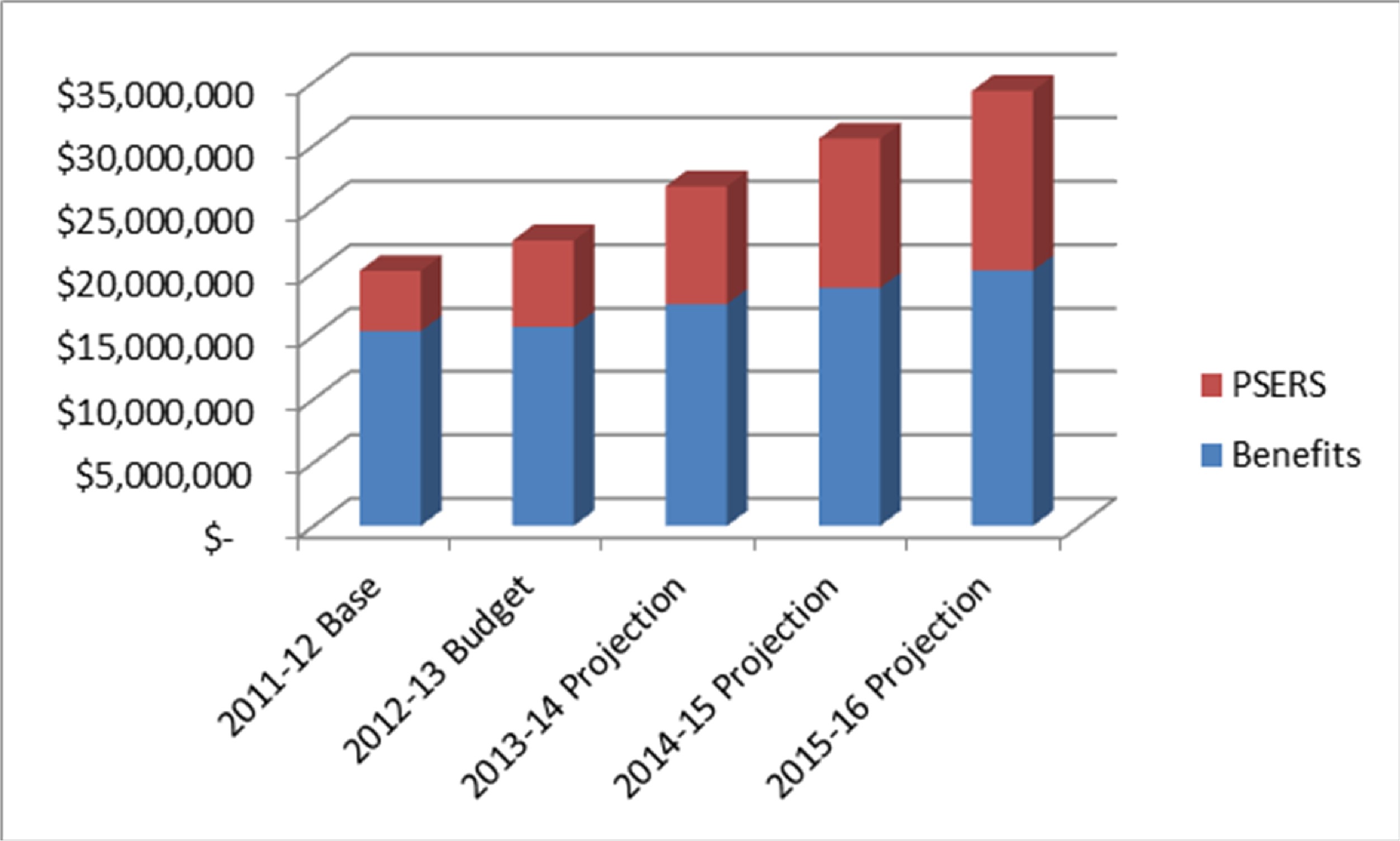
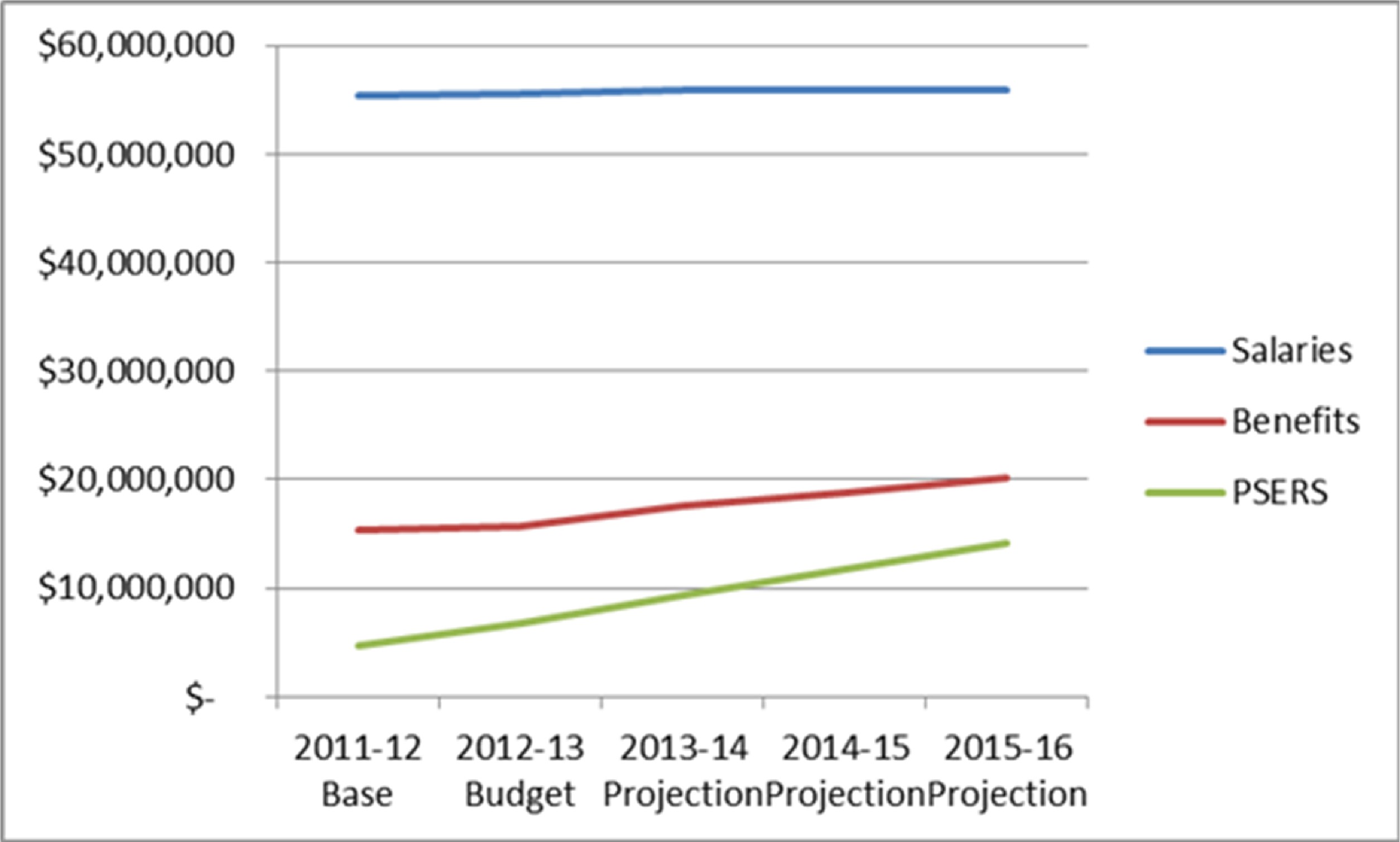
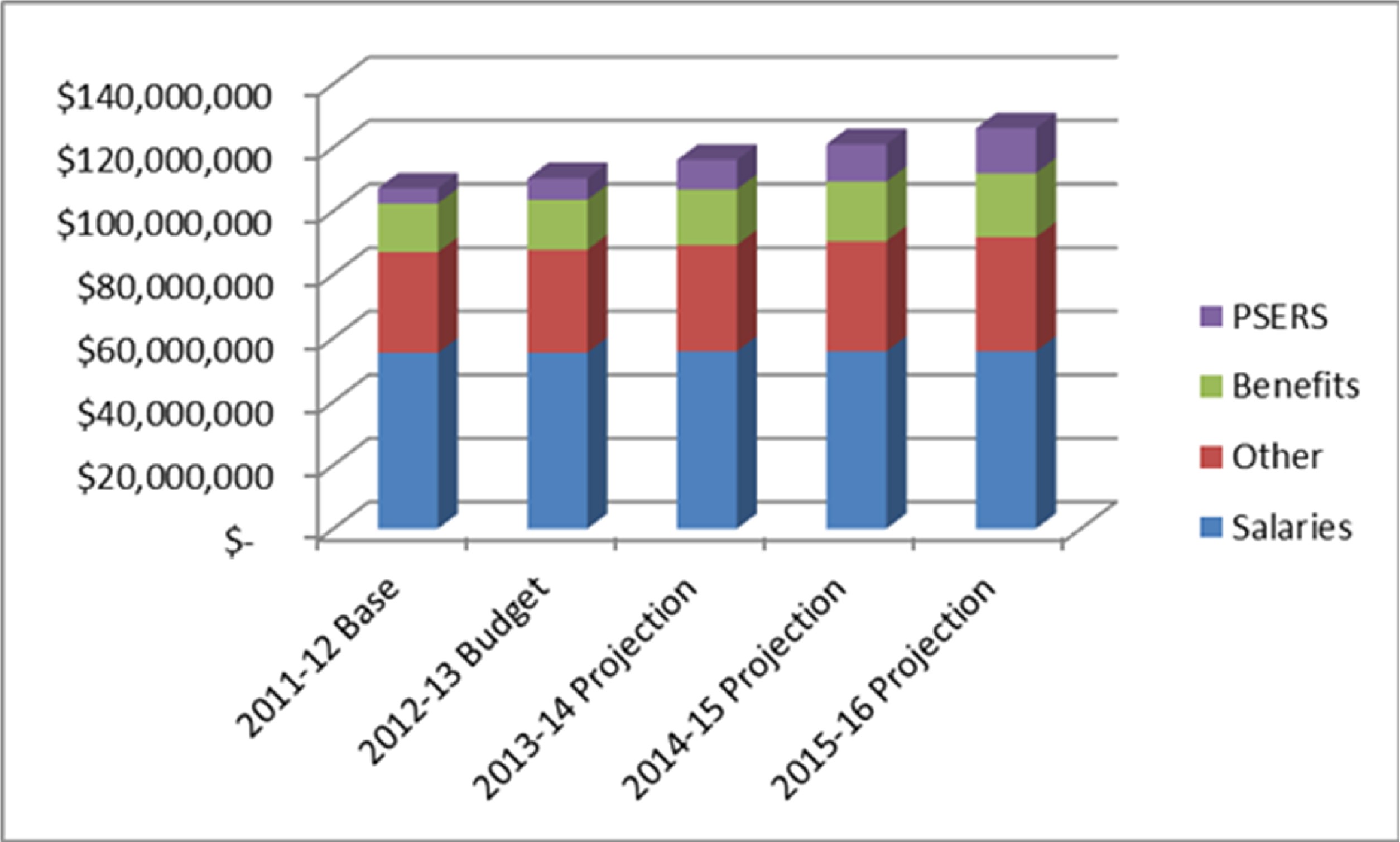
 Tomorrow marks the third year for the Tredyffrin Backyard Eco-Tour — Saturday, July 7, eight eco-gardeners in and around Tredyffrin will welcome the public in to their backyards.
Tomorrow marks the third year for the Tredyffrin Backyard Eco-Tour — Saturday, July 7, eight eco-gardeners in and around Tredyffrin will welcome the public in to their backyards.